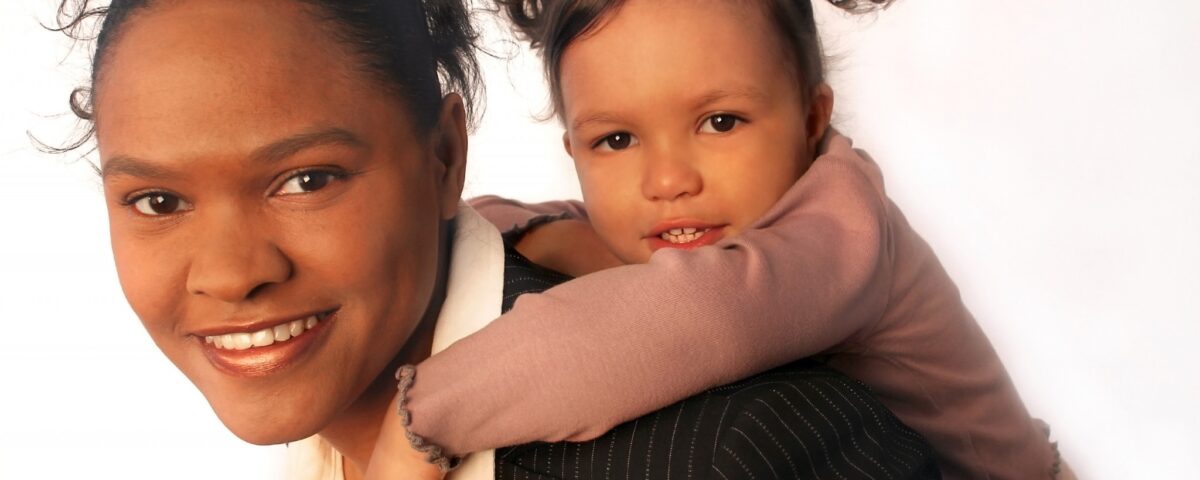
How Kenya’s Avocados Could Harm Its Elephants
March 9, 2021
Deciding if We Are in a “She-Cession”
March 11, 2021For each of us, the metrics that measure well-being could vary. So, to start, you might want to try this OECD interactive exercise. Called “Better Life Index,” it lets you decide what the good life means. Or, you could just rank the following categories from the activity:

Work-Life Balance
As a well-being category, work-life balance can take us to the different ways we use our time. It relates to how we combine work, leisure, and family.
Depending on where you live, the averages vary considerably. If you want more leisure time, Norway would be appealing. At a whopping 369 minutes, it tops the 23 countries in the following list. Meanwhile, people in China appear to sleep much more than an average individual in South Korea:

Next, to get more meaning from all of this, I went to the OECD’s 2020 (pre-Covid) “How’s Life” report. When they assessed time use, their focus was whether the survey’s participants believed they had a desirable work-life balance of activities. You can see that Turkey was on the low end while people living in Denmark noted the highest numbers. With none close to 10, even the best numbers reflect dissatisfaction. In a note they say that eight countries including the U.S. had no available data:

Then, looking more closely at work-life balance, the OECD researchers cited gender, age, and education differences. They pointed out that among people who work full-time, men have more time off than women and women do more unpaid work. In addition, middle-aged adults and people with more education were less satisfied with their time use.
Our Bottom Line: Human Capital
Human capital and physical capital compose one of the three factors of production. Used to create all of our goods and services, land, labor, and capital are a part of every production “recipe.” Within those “recipes” human capital is the knowledge component. We could even say that just like more physical capital boosts a business’s capacity, so too does more human capital through education and on-the-job training.
Where are we? Let’s conclude by connecting human capital to well-being. According to Pew Research in “The Future of Well-being in a Tech- Saturated World, the majority of respondents said that more digital knowledge enhances our well-being while a minority said the opposite. In addition, I would suggest a broader exchange. Well-being and human capital are intertwined with each affecting the other. And, within that connection, we find our work-life balance.
My sources and more: An OECD interactive lets us decide the values our fiscal and regulatory policies should support while the corresponding book gives us the details. Or, the alternative is to see life as a pile of jelly beans. And finally, always good for seeing the big picture, the Visual Capitalist had the time use graphic.
![econlifelogotrademarkedwebsitelogo[1]](/wp-content/uploads/2024/05/econlifelogotrademarkedwebsitelogo1.png#100878)




